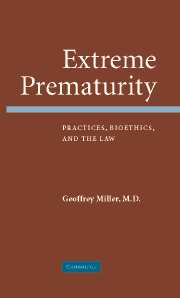Epilogue: Truth, Trust, and Boundaries
Published online by Cambridge University Press: 23 September 2009
Summary
The 1989 United Nations Convention on the Rights of the Child, Article 3(1), states: “In all actions concerning children whether undertaken by public or private social welfare institutions, courts of law, administrative authorities or legislative bodies, the best interests of the child shall be a primary consideration.”
This principle of best interests also appears in many other parts of the convention (Articles 9, 18, 20, 37, and 40). Clearly, children have interests from the onset of live birth. The question is who should interpret these interests and how can they be protected? Most jurisdictions allow parents to determine the best interests of their child, up to a point. The courts then recognize their duty to intercede, in certain situations. Physicians also have a duty to act in the best interests of their pediatric patients. Although they are required to respond to the wishes of parents or their surrogates, this response is not necessarily the same as it would be for a competent adult.(396) To fulfill their duty toward the child, physicians may attempt to override the instructions of the principal decision makers, should this lead to the good possibility of significant benefit for the child and the avoidance of a serious risk of harm. For the extremely preterm infant there remains considerable disagreement concerning where this harm threshold is. That is, does a parental decision increase the likelihood of serious harm as compared to other options?
- Type
- Chapter
- Information
- Extreme PrematurityPractices, Bioethics and the Law, pp. 187 - 196Publisher: Cambridge University PressPrint publication year: 2006



